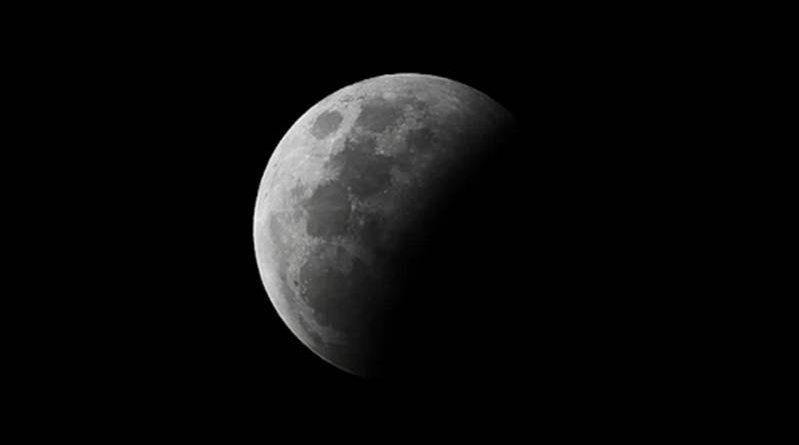How to watch longest partial lunar eclipse overnight on November 18 and 19
A partial lunar eclipse is coming up this month – and it will be the longest of this century. The eclipse will take place overnight on November 18 and 19, when the moon slips into Earth’s shadow for 3 hours and 28 minutes, NASA said. The late November moon is also known as the “frost moon.”
In 2018, the longest total lunar eclipse occurred: 1 hour, 42 minutes and 57 seconds.
Total lunar eclipses occur when the moon traverses Earth’s shadow and the entire moon is covered. Partial lunar eclipses occur when the moon does not pass completely into Earth’s shadow.
There will be 228 lunar eclipses this century, between 2001 and 2100. Most years will have two while some years will experience three or four.
May 2021 saw a total lunar eclipse, so November will be the second eclipse this year. Most eclipses last less than two hours, so the 3 hours, 28 minutes and 23 seconds the moon will be in partial eclipse far surpasses others.
NASA says weather permitting, “a huge swath of the planet” will be able to see the eclipse — including North and South America, Eastern Asia, Australia and the Pacific region — and it can occur earlier or later, depending on your time zone.
U.S. East Coast observers can begin to see it after 2 a.m., and it will reach maximum visibility at 4 a.m. West Coast observers can start to see it just after 11 p.m., with a maximum at 1 a.m., according to NASA.
Partial lunar eclipses might not be quite as spectacular as total lunar eclipses, but they occur more frequently, meaning “more opportunities to witness little changes in our solar system that sometimes occur right before our eyes,” NASA says.
NASA will have a livestream of the lunar eclipse, which will cover almost 97% of the full moon’s surface.
SOURCE. CBS News, Caitlin O’Kane




